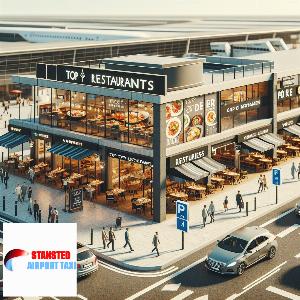The Impact of Airline Customization on Stansted Airport
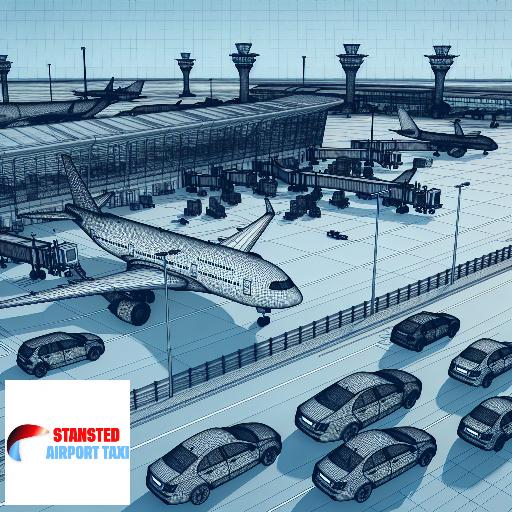
Airline Customization Trends
Airline customization trends are significantly impacting operations at Stansted Airport. Airlines are increasingly focusing on personalizing passenger experiences, which has led to a surge in demand for tailored services at airports. Stansted Airport, being a major hub, is feeling the effects of this trend. Airlines operating from Stansted are now offering personalized in-flight meals, seat preferences, and even customized entertainment options. This has led to increased passenger satisfaction and loyalty. However, it also presents logistical challenges for the airport. The need for more space for storage, increased staff for handling, and advanced technology for seamless service delivery are some of the implications. Despite these challenges, Stansted Airport is adapting to these changes, investing in infrastructure and technology to meet the growing demand for personalized services. The airport is committed to facilitating airline customization trends, recognizing their potential to enhance passenger experiences and boost airline revenues.
Impact on Passenger Experience
The impact of airline customization on Stansted Airport has significantly enhanced the passenger experience. Airlines operating from this airport have adopted a customer-centric approach, tailoring their services to meet the unique needs and preferences of their passengers. This has resulted in more personalized travel experiences, from customized seating arrangements to personalized in-flight entertainment and meal options. The airport itself has also adapted to this trend, offering a range of tailored services such as personalized travel assistance and bespoke retail offerings. This level of customization has not only improved passenger satisfaction but also increased the efficiency of airport operations. Passengers now spend less time in queues and more time enjoying their journey. The impact of airline customization at Stansted Airport is a testament to the power of personalization in enhancing the travel experience. It sets a benchmark for other airports and airlines, highlighting the importance of understanding and catering to the individual needs of passengers.
Economic Impact on Stansted Airport
The economic impact of airline customization on Stansted Airport is significant. As airlines tailor their services to meet specific customer needs, the airport has seen a surge in passenger traffic, leading to increased revenue. This customization has also attracted more airlines to operate from Stansted, further boosting its economic status. The airport has had to invest in infrastructure upgrades to accommodate the increased traffic, creating jobs and stimulating local economies. However, this growth also presents challenges such as increased operational costs and environmental concerns. Despite these, the economic benefits of airline customization at Stansted Airport are evident. The airport's ability to adapt to changing airline and passenger needs will be crucial in maintaining its economic growth.
Impact on Airport Operations
The impact of airline customization on Stansted Airport has significantly influenced its operations. Airlines' unique requirements, such as specific gate assignments, tailored ground services, and personalized passenger handling, have necessitated the airport to adapt its operations accordingly. This has led to increased operational efficiency and improved passenger experience. However, it has also posed challenges such as the need for more specialized staff and equipment, and increased coordination among various airport departments. Furthermore, the variability in airlines' demands has made it difficult to standardize procedures, leading to potential inconsistencies in service delivery. Despite these challenges, Stansted Airport has managed to successfully accommodate airline customization, demonstrating its flexibility and commitment to customer satisfaction. The airport's ability to adapt to these changes is a testament to its resilience and operational excellence.
Technological Advancements
Technological advancements have significantly impacted airline customization at Stansted Airport, enhancing operational efficiency and passenger experience. The introduction of biometric technology, for instance, has streamlined passenger identification processes, reducing queues and waiting times. Additionally, the use of AI-powered chatbots has improved customer service, providing instant responses to passenger inquiries. Moreover, the implementation of IoT technology has enabled real-time tracking of luggage, minimizing cases of lost baggage. The use of mobile apps for ticketing and check-in has also increased convenience for passengers, allowing them to manage their travel plans from anywhere. Furthermore, the integration of advanced data analytics has facilitated personalized marketing, enabling airlines to tailor their services to individual passenger preferences. This has not only increased customer satisfaction but also boosted airlines' profitability. In conclusion, technological advancements have revolutionized airline customization at Stansted Airport, enhancing both operational efficiency and passenger experience. As technology continues to evolve, we can expect even more improvements in the future.
Impact on Airline-Airport Relationship
The impact of airline customization has significantly altered the relationship between airlines and Stansted Airport. Airlines are increasingly seeking to tailor their services to meet specific customer needs, which has necessitated a shift in the way airports operate. Stansted Airport, in particular, has had to adapt its infrastructure, operations, and services to accommodate these changes. This has led to a more collaborative relationship between the airport and airlines, with both parties working closely to ensure seamless integration of customized services. However, this has also posed challenges, such as the need for increased flexibility and adaptability on the part of the airport. Despite these challenges, the impact of airline customization has largely been positive for Stansted Airport, leading to increased passenger satisfaction and improved operational efficiency. The airport's ability to adapt to these changes will be crucial in maintaining its competitive edge in the future.
Regulatory Impact
The impact of airline customization on Stansted Airport has significant regulatory implications. As airlines increasingly tailor their services to meet specific customer needs, the airport must adapt its operations to accommodate these changes. This includes ensuring compliance with safety standards, environmental regulations, and other legal requirements. For instance, if an airline introduces larger aircraft to cater to a growing customer base, the airport may need to upgrade its infrastructure, which could involve obtaining planning permissions and meeting additional regulatory criteria. Similarly, if airlines offer more flights, the airport must manage increased air traffic without compromising safety or breaching noise pollution limits. Furthermore, the introduction of new technologies for personalized in-flight entertainment or automated check-in services may raise data protection and cybersecurity issues. Therefore, while airline customization can enhance passenger experience and operational efficiency, it also presents regulatory challenges that Stansted Airport must carefully navigate.
Environmental Impact
The customization of airline services at Stansted Airport has significant environmental implications. As airlines tailor their services to meet customer demands, the frequency of flights has increased, leading to higher carbon emissions. The increased air traffic also contributes to noise pollution, affecting local communities. Furthermore, the need for expanded infrastructure to accommodate the growing number of flights exacerbates land degradation. The airport's expansion plans have been met with criticism from environmentalists who argue that it will lead to an increase in air and noise pollution, and further contribute to climate change. While customization enhances passenger experience, it is crucial for airlines and airport authorities to consider its environmental impact. Sustainable practices such as the use of biofuels, efficient flight paths, and noise reduction strategies should be implemented to mitigate the environmental impact. Balancing customer satisfaction with environmental responsibility is key to the sustainable growth of the aviation industry.
Impact on Air Traffic
The impact of airline customization has significantly affected air traffic at Stansted Airport. Airlines have been tailoring their services to meet specific customer needs, leading to an increase in the number of flights. This has resulted in heightened air traffic, putting pressure on the airport's infrastructure and resources. The increased frequency of flights has also led to more noise pollution and environmental concerns. However, on the positive side, airline customization has boosted the airport's revenue and created more job opportunities. It has also attracted more airlines to operate from Stansted, making it a more competitive hub. Despite the challenges, Stansted Airport continues to adapt to the changing dynamics of the airline industry, ensuring efficient management of air traffic while striving to provide excellent service to its customers.
Future Implications
The future of Stansted Airport could be significantly influenced by the growing trend of airline customization. As airlines strive to provide personalized experiences to their passengers, airports like Stansted will need to adapt their infrastructure and services to accommodate these changes. This could involve the development of more flexible gate arrangements, advanced baggage handling systems, and personalized passenger services. The impact of these changes could be profound, potentially leading to increased passenger satisfaction and loyalty, and ultimately, higher revenue for the airport. However, it could also present challenges, such as the need for significant investment in new technologies and infrastructure. Furthermore, the increased complexity of operations could lead to potential inefficiencies and disruptions. Therefore, while airline customization presents exciting opportunities for Stansted Airport, careful planning and management will be crucial to ensure its successful implementation.
Our Latest Blog Posts

The Security Measures at Stansted Airport
Stansted Airport prioritizes passenger safety with stringent security measures. These include thorough baggage checks, advanced scanning technology, and highly trained security personnel. The airpor ...
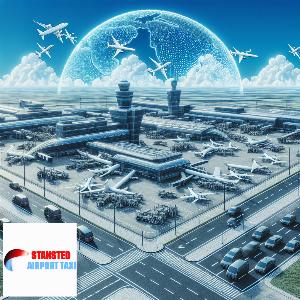
The Role of Stansted Airport in Globalization
Stansted Airport plays a crucial role in globalization, serving as a major hub for international travel and cargo transport. It connects the UK to the world, fostering economic growth, cultural exc ...
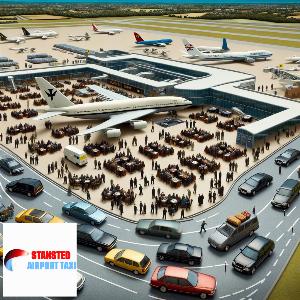
The Role of Stansted Airport in Conflict Resolution
Stansted Airport plays a crucial role in conflict resolution by facilitating diplomatic travels. It serves as a neutral meeting ground for international negotiations, aiding in the peaceful resolut ...
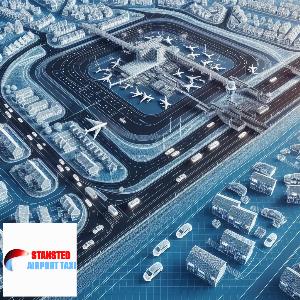
The Role of Stansted Airport in Community Development
Stansted Airport plays a pivotal role in community development, fostering economic growth through job creation and tourism. It also supports local businesses and infrastructure, contributing signif ...
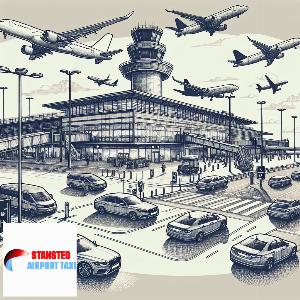
The Impact of Air Traffic Control on Stansted Airport
Air Traffic Control (ATC) significantly impacts Stansted Airport's operations, ensuring safe, orderly, and swift flights. ATC's efficient management of flight paths, takeoffs, and landings contribu ...
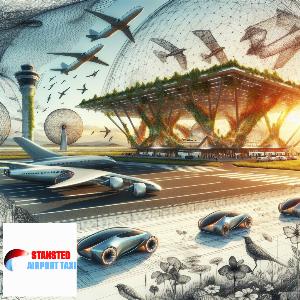
The Role of Stansted Airport in Wildlife Conservation
Stansted Airport plays a crucial role in wildlife conservation, providing habitats for various species. Its management strategies include preserving surrounding woodlands and implementing measures t ...
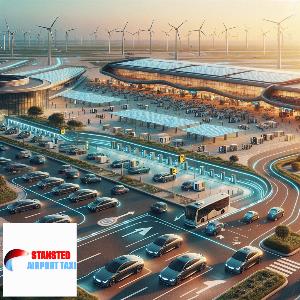
The Role of Stansted Airport in Sustainable Energy Solutions
Stansted Airport plays a pivotal role in sustainable energy solutions, implementing measures like solar power and electric vehicles. These initiatives significantly reduce carbon emissions, demonst ...

The Impact of Airline Resilience on Stansted Airport
The resilience of airlines significantly impacts Stansted Airport. Enhanced resilience strategies, such as efficient crisis management and flexible scheduling, can minimize disruptions, ensuring sm ...
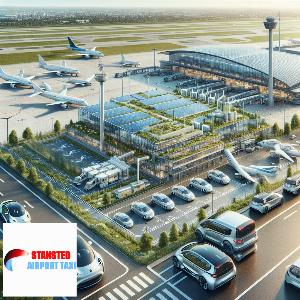
The Role of Stansted Airport in Natural Resource Management
Stansted Airport plays a significant role in natural resource management, implementing sustainable practices like efficient energy use, waste reduction, and water conservation. It's a model for env ...
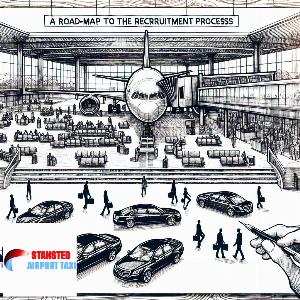
Stansted Airport: A Guide to the Recruitment Process
Stansted Airport offers a comprehensive recruitment process, seeking top talent for various roles. The process includes application screening, interviews, and background checks, ensuring a diverse, ...

Stansted Airport: A Guide to the Dismissal Process
Navigating Stansted Airport's dismissal process can be daunting. This guide simplifies the process, detailing everything from passenger pick-up protocols to parking regulations, ensuring a smooth a ...
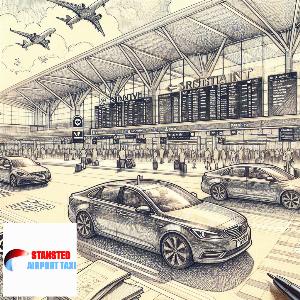
Stansted AirportA Guide for First-Time Flyers
Stansted Airport, a bustling hub for international travel, can be daunting for first-time flyers. This guide provides essential tips on navigating the airport, from check-in procedures to locating d ...

The Best Hotels Near Stansted Airport
Discover unparalleled comfort and convenience at the top hotels near Stansted Airport. From the luxurious Radisson Blu to the budget-friendly Holiday Inn Express, these establishments offer top-notc ...
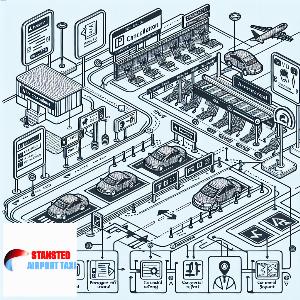
Stansted Airport: A Guide to the Cancellation Process
Navigating Stansted Airport's cancellation process can be daunting. It's crucial to understand the terms and conditions of your ticket, contact your airline promptly, and inquire about possible ref ...

The Role of Stansted Airport in Environmental Stewardship
Stansted Airport plays a significant role in environmental stewardship, implementing measures like efficient energy use, waste management, and noise reduction. It's committed to reducing its carbon ...
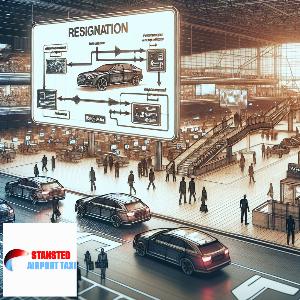
Stansted Airport: A Guide to the Resignation Process
Navigating the resignation process at Stansted Airport can be complex. It involves formal notification, transition planning, and potentially exit interviews. Understanding these steps can ensure a ...
Blogs Pages
Stansted Airport: A Guide to the Customer Satisfaction Process
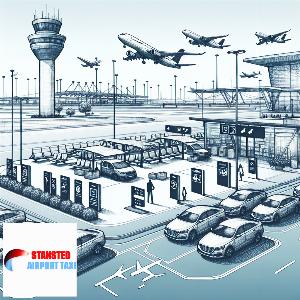
Blog about Stansted Airport: A Guide to the Customer Satisfaction Process...
Stansted Airport: A Guide to the Evaluation Process
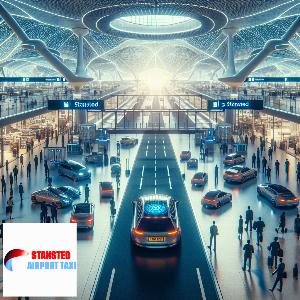
Blog about Stansted Airport: A Guide to the Evaluation Process...
The Impact of Airline Evolution on Stansted Airport

Blog about The Impact of Airline Evolution on Stansted Airport...
Stansted Airport: A Guide to the Project Management Process
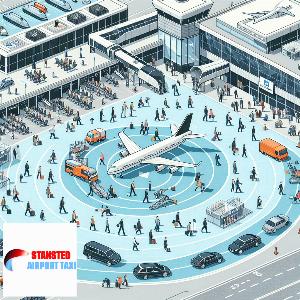
Blog about Stansted Airport: A Guide to the Project Management Process...
The Impact of Airline Optimization on Stansted Airport
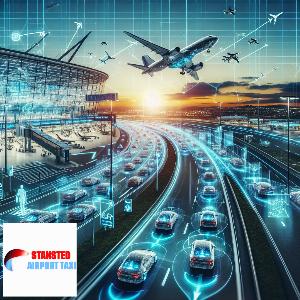
Blog about The Impact of Airline Optimization on Stansted Airport...
Stansted Airport: A Guide to the Retirement Process

Blog about Stansted Airport: A Guide to the Retirement Process...
The Role of Stansted Airport in Community Development

Blog about The Role of Stansted Airport in Community Development...
The Role of Stansted Airport in International Relations

Blog about The Role of Stansted Airport in International Relations...
Stansted Airport: A Guide to the Validation Process
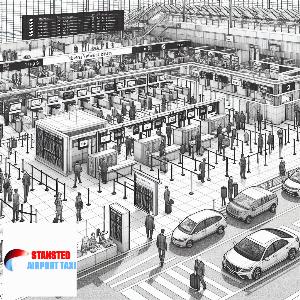
Blog about Stansted Airport: A Guide to the Validation Process...

